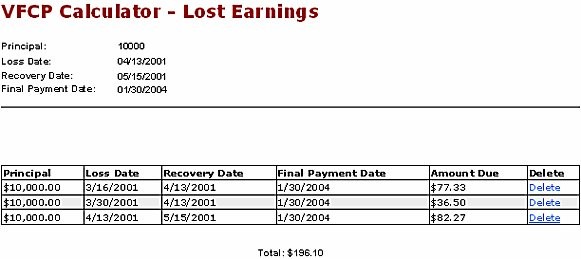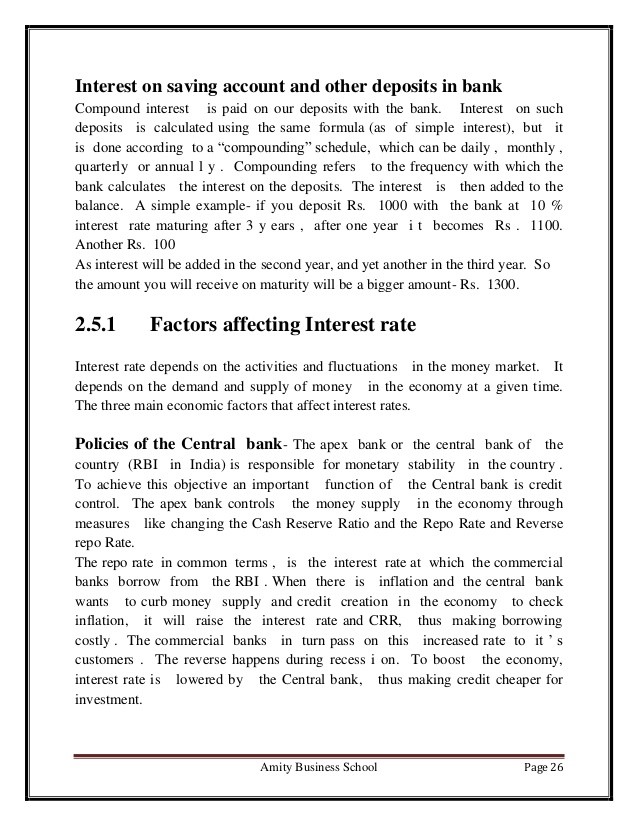How can I calculate compound interest Jul 6 2001
Post on: 8 Апрель, 2015 No Comment

Is there a calculator I can use to compare how much money I would have in an investment that pays, say, a 5 percent annual percentage rate compounded daily or monthly vs. one that pays a 5 percent rate compounded quarterly or annually?
Ah, the mysteries of compounding, the joys of earning interest on interest, the sheer delight of. wait a minute, where was I? Oh, that’s right, you want to be able to compare investments whose rates of returns compound over different periods.
Before I tell you where to go — for a compounding table, that is — let me first give a quick overview on the advantages of compounded vs. simple interest. Let’s say, I buy a CD that pays 5 percent simple interest each year. I invest $10,000 and at the end of the year I get $10,500 ($10,000 + ($10,000 x 5 percent). Simple enough, which is probably why they call it simple interest.
Now, suppose instead I bought a CD that pays a 5 percent annual rate compounded semiannually, or twice a year. In that case, I would end up with $10,506.25 at the end of the year. Why? Because I earn $250 the first half of the year: $10,000 x 2.5 percent, which is half the 5 percent annual interest rate. And then I earn $256.25 for the second half of the year because I get 2.5 percent on my original $10,000, plus the $250 I earned the first half of the year. In other words, I’m earning compounded interest, a return on my return, so to speak. The more often I compound, the more I earn, although the extra earnings do level off eventually. So, I’d have $10,509.45 at the end of the year if my CD pays 5 percent compounded quarterly, $10,511.62 if it compounds monthly and $10,512.62 compounded weekly.

Of course, the real power of compounding reveals itself when you compare investments with different rates of return. That’s because compounding has more of an effect at higher interest rates because your principal generates more earnings and each dollar of earnings also grows at a faster rate. For example, $10,000 invested in a CD paying 5 percent compounded quarterly over 10 years would grow to $16,436.19. A CD paying 7 percent compounded quarterly would total $20,015.97 in 10 years. In other words, a 40 percent increase in the annual rate of return (5 percent to 7 percent) resulted in a 56 percent jump in earnings ($6,436.19 to $10,015.97).
Check out the compounding on the Copernicus Education Gateway website. One caveat, though. While such a calculator might be useful for comparing investments such as CDs that make regular fixed interest payments, they’re not much help in comparing investments whose returns bounce around a lot, as is the case with stocks, bonds, and mutual funds. In fact, extrapolating returns on these investments is not only useless, it can lead to lousy investing and planning decisions. So don’t do it.














